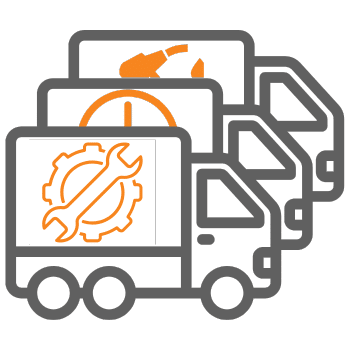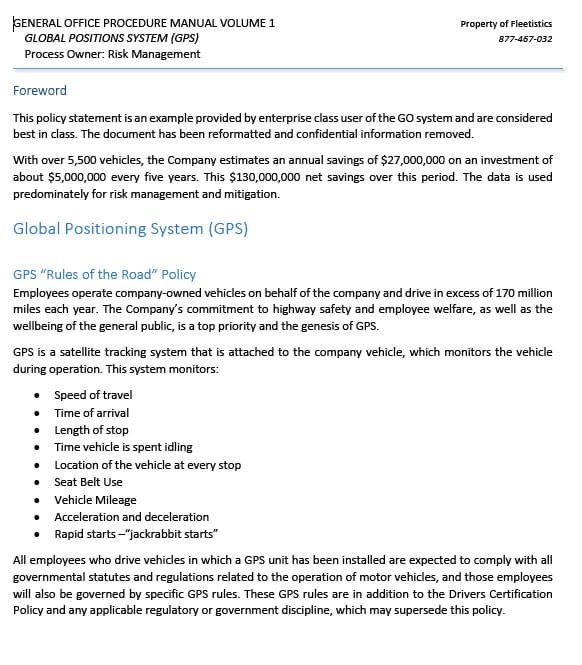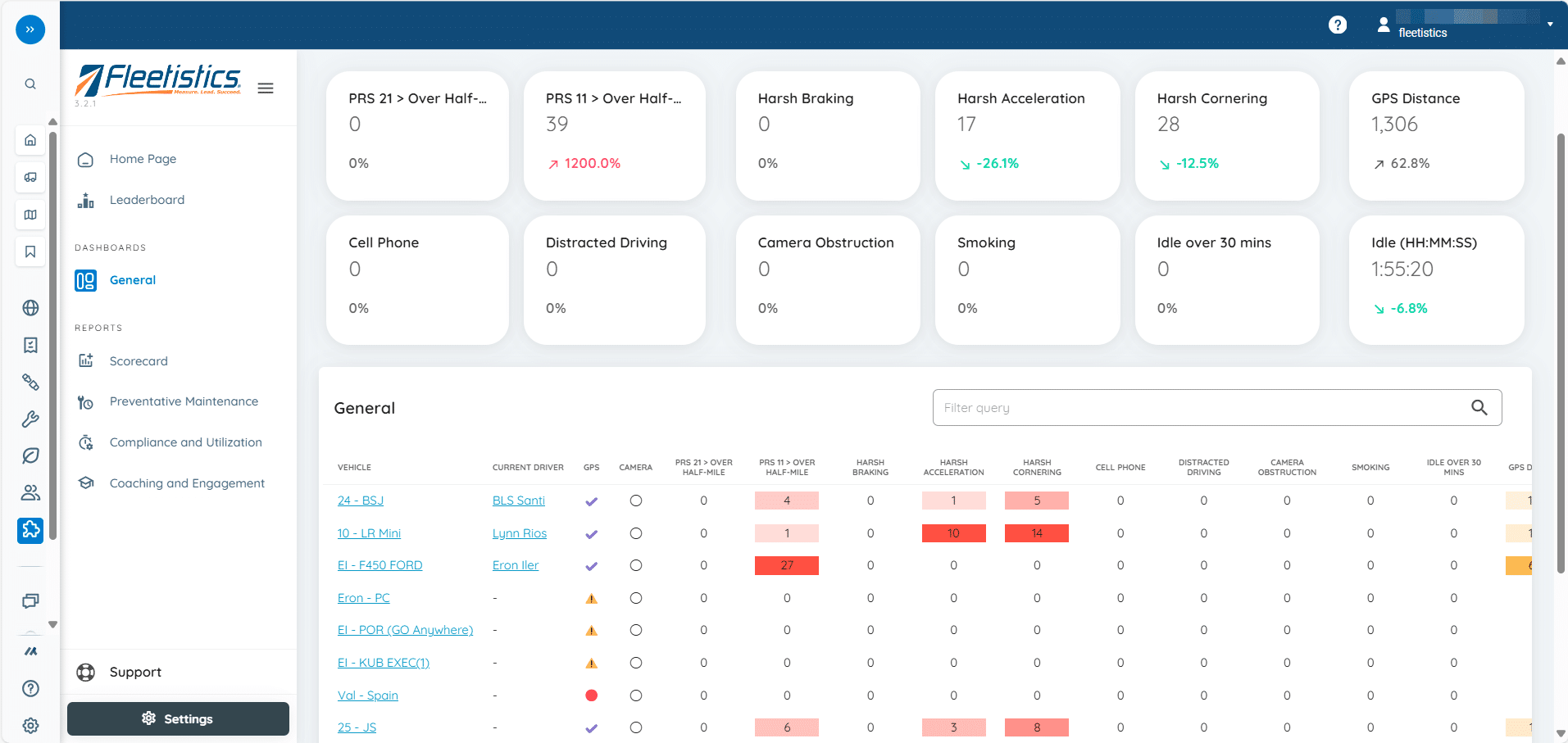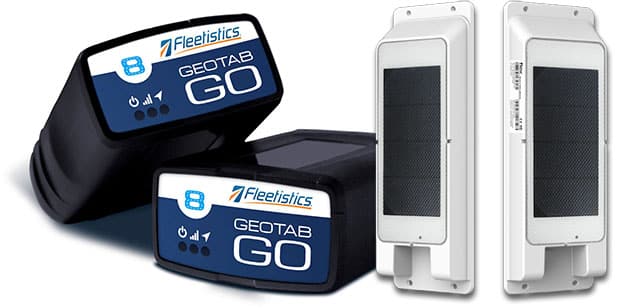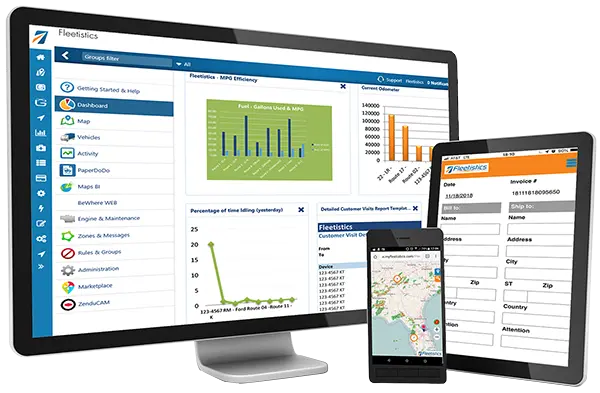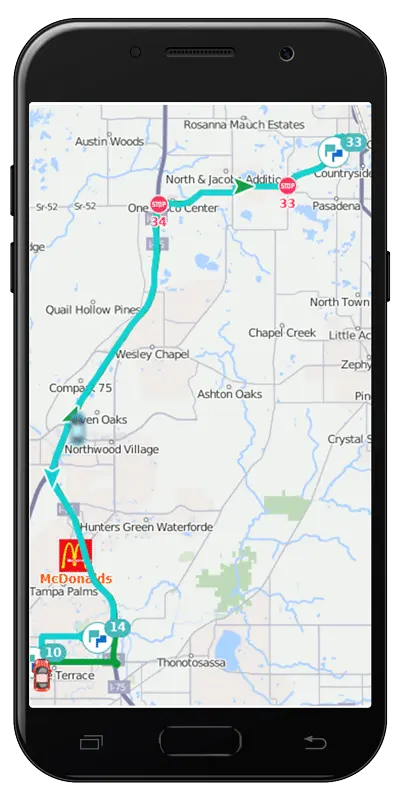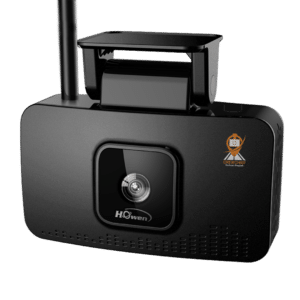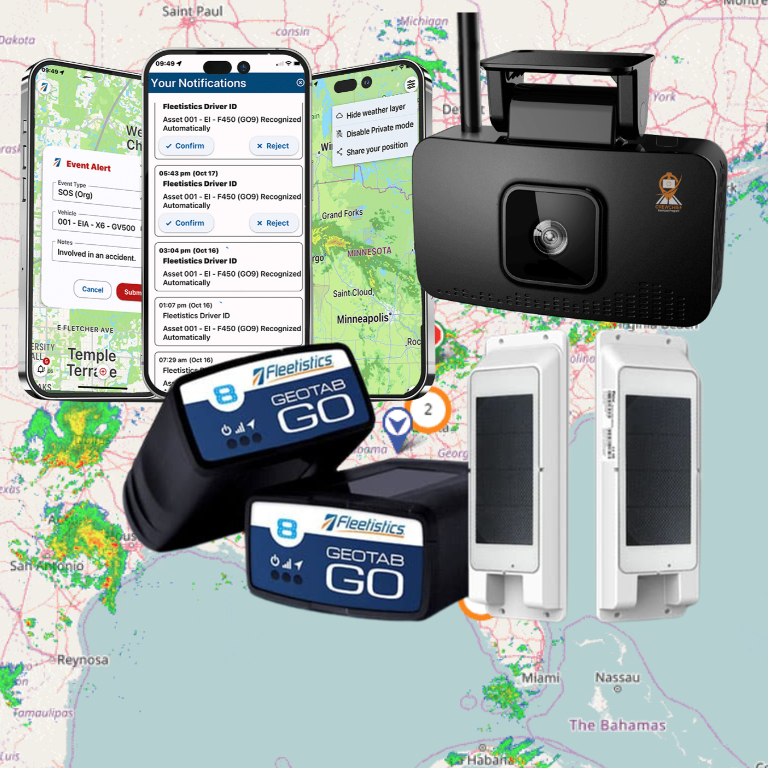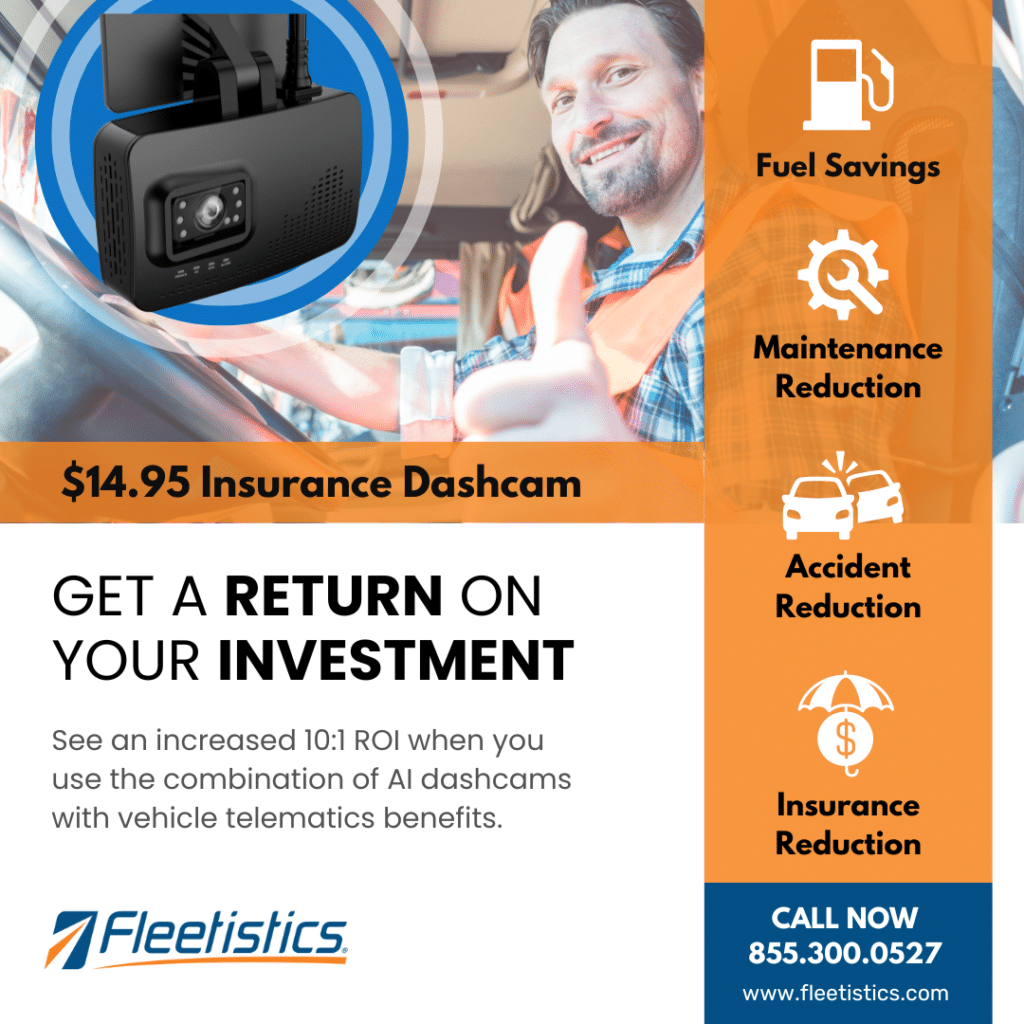Thermonuclear Verdicts: Is Your Fleet at Risk?
In 2018, a Texas jury handed down a staggering $90 million thermonuclear verdict against Werner Enterprises, one of the nation’s largest trucking companies. The case stemmed from a 2014 collision that resulted in the death of a seven-year-old child and catastrophic injuries to several members of a Texas family.
This thermonuclear verdict was later reversed by the Texas Supreme Court in June 2025, which found that the crash was caused when a pickup truck lost control and crossed the median in front of Werner’s tractor-trailer. Despite Werner’s eventual vindication, the case serves as a sobering reminder for fleet operators everywhere: one tragic moment on the road can result in years of litigation, enormous legal expenses, and potentially devastating reputational damage.
The Real Cost of Thermonuclear Verdicts
The Werner case has often been described as a “thermonuclear” or “nuclear” verdict – terms used to describe jury awards that far exceed what many consider reasonable compensation. These verdicts are increasingly common in the transportation industry, where emotional testimony, devastating injuries, and public perceptions about “big trucking” can drive jury decisions into nine- or even ten-figure territory.
While Werner ultimately prevailed on appeal, the financial and emotional toll of defending such a case is immense. Legal fees, expert witness costs, insurance rate increases, and the years-long strain of litigation can threaten even well-established operations. Yet, the human cost remains immeasurable. A family lost a child and sustained life-altering injuries – an outcome no verdict, reversal, or payout can ever undo.
For fleet operators, this case should serve as more than a legal headline. It’s a call to action to assess, strengthen, and document every facet of your safety culture.
The Deepest Pockets Are Always in the Crosshairs, Especially for a Thermonuclear Verdict
When serious collisions occur, plaintiffs’ attorneys naturally pursue the entities with the most financial resources – often the fleet owners, logistics firms, and their insurers. Even if your driver is not at fault, the perception that your company failed to do “everything reasonably possible” to prevent an incident can sway jurors to return a thermonuclear verdict.
In court, perception matters almost as much as facts. Plaintiffs’ attorneys routinely scrutinize company policies, hiring practices, training documentation, vehicle maintenance records, and telematics data. If any element appears inconsistent or outdated, it can be framed as negligence.
To protect your organization, you must demonstrate a proactive, documented commitment to safety. This isn’t just about compliance—it’s about building a defensible culture of care and accountability.
Building a Culture of Safety and Accountability
At the heart of every strong fleet safety program are three critical components: policy, training, and enforcement.
- Develop a Formal Driver Safety Policy
A well-crafted driver policy is more than a document—it’s a foundation. It should clearly outline:
- Standards of conduct (e.g., zero tolerance for distracted driving, substance use, or excessive speed.) These free policy templates may be helpful.
- Equipment use and maintenance expectations
- Procedures for reporting incidents, near-misses, or vehicle issues
- Consequences for policy violations
Such a policy should be reviewed annually and updated to reflect new technologies, regulations, and operational realities.
- Invest in Ongoing Training and Education
Initial training alone isn’t sufficient. Drivers operate in a dynamic environment where road conditions, regulations, and technologies evolve constantly. A robust safety program includes:
- Initial onboarding and certification for new drivers
- Periodic refresher courses emphasizing defensive driving, fatigue management, and emergency procedures
- Performance-based coaching, using telematics or dashcam data to identify and correct risky behaviors
Fleet managers should document all training activities and maintain easily accessible records. In litigation, that documentation can serve as your strongest evidence of due diligence.
- Enforce Standards Consistently
Policies and training lose their value if they’re not enforced. Establish clear accountability processes for monitoring performance, issuing corrective actions, and recognizing safe behavior. Consistency builds credibility—both internally and, if necessary, in court.
Leveraging Technology to Protect Your Fleet
In the Werner case, plaintiffs argued that the company’s lack of basic safety technology and inadequate driver supervision contributed to the tragedy. Whether or not that was true, the allegation underscores a critical point: technology is no longer optional for modern fleet safety.
With drivers operating independently and covering thousands of miles each week, technology provides visibility, oversight, and real-time data that can prevent accidents—or, at minimum, demonstrate that your company took reasonable steps to avoid them. This could turn out to be your hedge of protection against a potential nuclear verdict, in the event of a serious collision occurring.
Even modestly priced systems can deliver significant benefits. Today’s solutions can:
- Monitor potentially dangerous conditions such as critical weather conditions, congestion, or speed limits
- Manage routes to avoid hazardous areas or high-risk corridors
- Alert drivers to sudden changes in conditions or upcoming hazards
- Record critical events such as hard braking, collisions, or distracted driving incidents
- Measure performance metrics like acceleration patterns, lane changes, and compliance with hours-of-service rules (image of dashboard with ELD reports linking to ELD)
- Support driver coaching by providing feedback loops for ongoing improvement
Integrated telematics and safety analytics platforms make it easier than ever to identify trends, reward safe driving, and intervene early when risky behavior is detected.
Beyond Compliance: Making Safety Your Brand Value
For many carriers, compliance is treated as a checklist exercise – a way to satisfy insurers and regulators. But the most resilient organizations go further, embedding safety into their brand identity and company culture.
When safety becomes a shared value, employees feel invested in it. Leadership should communicate openly about safety metrics, celebrate milestones, and highlight the human impact of responsible driving. Small cultural shifts—such as recognizing a driver for a safe-driving streak or sharing stories about how vigilance prevented a crash—reinforce that safety isn’t just policy, it’s purpose.
Risk Management and Legal Preparedness
Even with best-in-class safety programs, accidents can still occur. That’s why risk management and legal preparedness are essential parts of the safety equation to avoid thermonuclear verdicts.
Key strategies include:
- Partnering with your insurer to ensure appropriate coverage levels and policy language that reflects your current operational scope.
- Maintaining meticulous documentation—vehicle inspections, maintenance records, training logs, and telematics and dashcam data.
- Establishing a clear incident response plan, ensuring that evidence is preserved, statements are consistent, and communication flows through the proper channels.
- Consulting with legal counsel experienced in transportation litigation to review your policies and potential exposure areas.
Demonstrating preparedness and transparency can significantly reduce liability exposure and strengthen your defense in the event of litigation.
The Takeaway: Prevention Is the Only True Protection
The Werner case underscores a fundamental truth: the aftermath of a catastrophic accident is always tragic, regardless of legal outcomes. While technology, policies, and training cannot guarantee perfection, they can substantially reduce both the likelihood and the severity of incidents—and they can demonstrate to a jury that your company acted responsibly.
As verdicts continue to escalate across the country, fleet operators must assume that every mile driven carries both operational and legal risk. The only sustainable defense is to care enough to prevent – to invest in people, systems, and culture that make safety inseparable from success.
When your company’s reputation, financial health, and moral responsibility are on the line, “reasonable care” must mean doing everything within your power to protect the lives entrusted to your fleet. Because at the end of the day, that’s what it’s really about.

